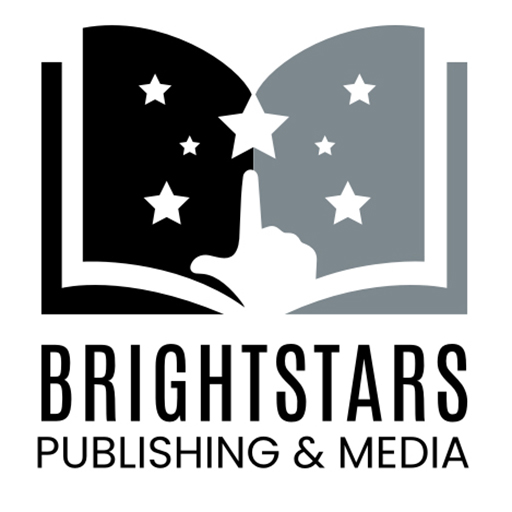At Brightstars Publishing & Media, the journey begins with a manuscript submitted under clear, professional standards. This first step is not a formality: it sets the foundation for the editorial process and ensures both author and publisher share a commitment to quality, legality, and transparency. Every book, before becoming an object of design and distribution, must first demonstrate that it meets the technical, legal, and editorial specifications required to move forward in the publishing cycle.
Understanding Manuscript Submission
The submission of a manuscript is the true starting point of an author’s publishing journey. It is not simply about sending a file; it is about presenting a work ready to enter the transformation into a book. While in the past printed copies were commonly mailed to publishers, today the professional standard is digital submission, which allows for easier communication, faster review, and secure tracking.
At Brightstars Publishing & Media, manuscripts must be delivered exclusively in Microsoft Word (.docx) or Rich Text Format (.rtf) — never as PDF files. These formats make it possible to apply structural edits and insert editorial comments efficiently. Moreover, the text must arrive pre-edited and organized, free from basic spelling or grammar errors, so that the editorial focus can remain on literary quality and design.
Equally important, citations, references, and additional materials must be complete and accompanied by proper releases or proof that they belong to the public domain or carry valid commercial licenses. This ensures full legal security for both the author and the publisher.
Preparing Your Manuscript for Submission
A professional manuscript respects the publisher’s guidelines in every detail. This includes consistent formatting — margins, spacing, typography — and adherence to length and style requirements. Submitting a polished document is not optional; it is a mark of professionalism and a sign of respect for the publishing process.
Proofreading and editing are also critical. Authors are strongly encouraged to perform several rounds of review or seek assistance from beta readers or professional editors. A manuscript full of typos or inconsistencies diminishes the credibility of even the best ideas.
Finally, authors should provide any supporting documents, such as acknowledgments, image credits, or usage permissions, already organized at the time of submission. This preparation minimizes delays later in the process.
Navigating the Hybrid Publishing Process
Submitting to a hybrid publisher like Brightstars combines the freedom of independent publishing with the professional rigor of a traditional house. Unlike vanity presses, Brightstars does not charge upfront publishing fees; instead, editorial costs are covered from royalties, aligning the publisher’s success directly with the author’s success.
This model ensures that manuscripts are treated with the same editorial care, legal protection, and design standards as in the traditional industry. Authors retain creative control while gaining access to expert editing, production, and distribution channels.
Clear communication between author and publisher is essential. From the start, expectations regarding editing, design, registration, and distribution are outlined to ensure transparency. Authors are also encouraged to remain open to revisions and feedback, as this collaboration guarantees that the final book is polished, professional, and market-ready.
What Happens After Submission
Once a manuscript is submitted, it enters the review phase. At Brightstars, this involves an initial evaluation of the technical requirements (format, citations, permissions), followed by an editorial review of content, style, and publishing potential.
Authors should be prepared for a waiting period — typically several weeks — while the manuscript is evaluated. Feedback may include requests for minor corrections or significant adjustments, always communicated with clarity and respect.
If the manuscript is approved, it moves to the next stage of the publishing pipeline: editing, design, legal registration, and production. At every step, the author remains informed and involved, ensuring that the partnership remains transparent and collaborative.





